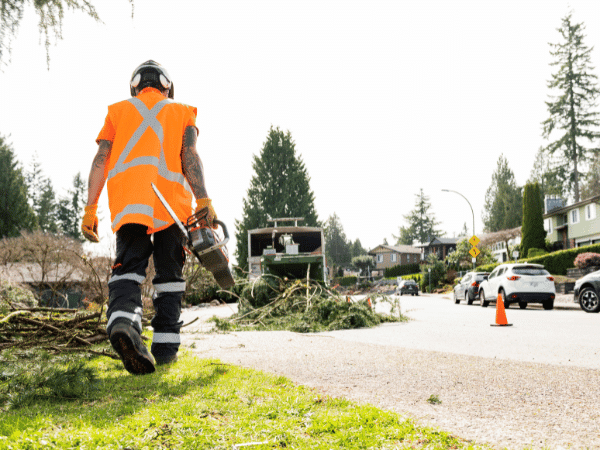
Contents
In many communities, trees are not just part of the landscape; they are cherished symbols of natural beauty, providing shade, oxygen, and aesthetic value. However, there are times when trees need to be removed due to disease, damage, or safety concerns, requiring the expertise of emergency tree removal services. Engaging residents in responsible tree removal can be a sensitive and challenging task, but with the right approach, it can be a community-building opportunity that fosters a sense of stewardship and environmental responsibility.
Understanding the Importance of Trees
Before delving into the process of engaging residents in tree removal, it’s crucial to highlight the importance of trees in our communities. Trees play a vital role in maintaining ecological balance by absorbing carbon dioxide, releasing oxygen, and providing habitat for wildlife. They also offer shade, which can reduce energy costs in homes and businesses, and enhance property values. Recognizing and appreciating these benefits can help residents understand the need for responsible tree management practices, including removal when necessary.
Educating Residents about Tree Health and Safety
One of the first steps in engaging residents in responsible tree removal is to educate them about tree health and safety. Many residents may not be aware of the signs of a diseased or damaged tree, such as leaf discoloration, dead branches, or cracks in the trunk. Providing information about these signs and the potential risks they pose can help residents understand why tree removal may be necessary in certain cases.
Creating a Transparent Decision-Making Process
Transparency is key when it comes to engaging residents in tree removal decisions. Residents should be informed about the criteria used to assess tree health and safety, as well as the process for selecting trees for removal. Providing this information can help residents feel more involved in the decision-making process and reduce feelings of mistrust or suspicion.
Seeking Resident Input and Feedback
While the ultimate decision about tree removal may rest with the community’s arborist or forestry department, seeking resident input and feedback can help ensure that the decision reflects the community’s values and priorities. Holding public meetings or workshops where residents can voice their concerns and ask questions can foster a sense of community ownership over the decision-making process.
Offering Alternatives to Removal
In some cases, it may be possible to address tree health or safety concerns without removing the tree entirely. For example, pruning dead branches or treating diseases can help prolong the life of a tree. Offering residents alternatives to removal, when feasible, can help alleviate concerns about losing valuable trees and demonstrate a commitment to responsible tree management.
Promoting Community Involvement in Tree Care
Engaging residents in responsible tree removal is not just about the removal process itself; it’s also about promoting a culture of community involvement in tree care. Encouraging residents to participate in tree planting, pruning, and maintenance activities can help foster a sense of pride and ownership in the community’s urban forest.
Conclusion
Engaging residents in responsible tree removal is a complex and multifaceted process that requires careful planning, communication, and community involvement. By educating residents about tree health and safety, creating a transparent decision-making process, seeking resident input and feedback, offering alternatives to removal, and promoting community involvement in tree care, communities can ensure that tree removal decisions are made thoughtfully and responsibly. Through these efforts, communities can not only preserve their urban forests but also strengthen their sense of community and environmental stewardship.